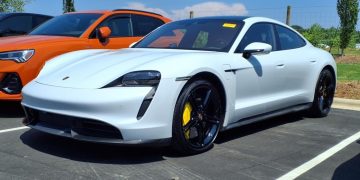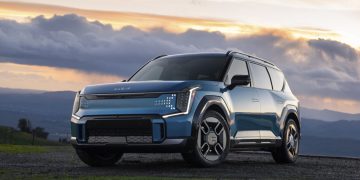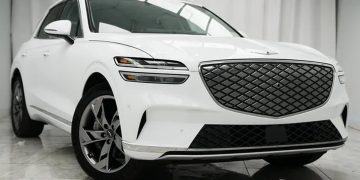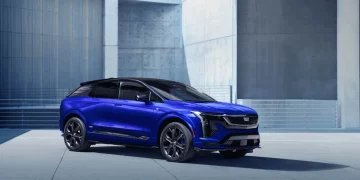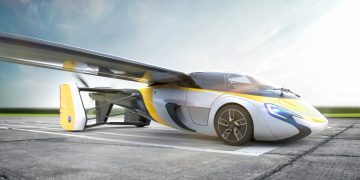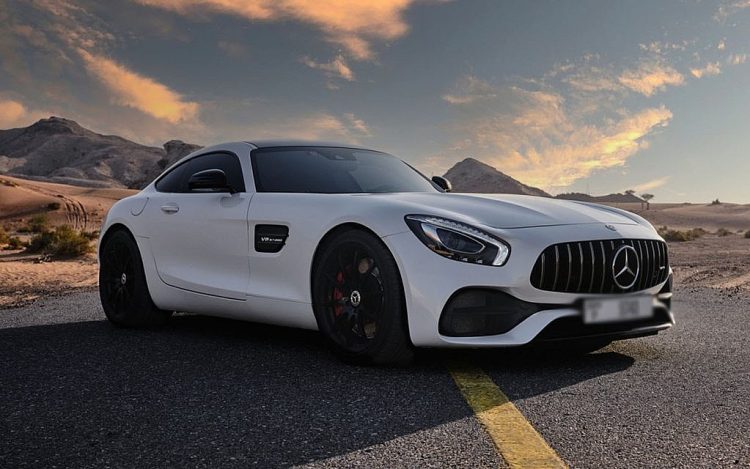Sports cars have always been revered for their exhilarating performance, stunning designs, and an unmatched driving experience. From sharp handling to roaring engines, these vehicles are built for the thrill. However, many potential buyers often hesitate to take the leap into owning a sports car due to concerns about practicality. The traditional image of a sports car as a weekend-only toy, a car that’s too stiff, impractical, or uncomfortable for daily use, has left some people questioning whether it’s possible to have the best of both worlds. Can sports cars serve as everyday vehicles without compromising their performance and excitement? This article delves into this question, exploring how modern sports cars have evolved to strike a balance between thrilling driving dynamics and daily driving comfort.
1. The Changing Definition of a Sports Car
The traditional sports car, characterized by raw power and minimalist comfort, is gradually evolving. Manufacturers are increasingly blending performance with practicality, resulting in cars that are not only capable of delivering adrenaline-pumping driving experiences but also suitable for everyday use.
1.1 The Origins of Sports Cars: Pure Performance Focus
Historically, sports cars were designed for enthusiasts who valued pure performance above all else. The early models, such as the Porsche 911 and the Chevrolet Corvette, were built with performance at their core. They featured low-slung bodies, powerful engines, and a minimalistic approach to comfort. These cars were meant to be driven fast, not necessarily used for long-distance commuting or daily errands.
1.2 Modern Evolution: Incorporating Comfort and Convenience
As sports cars began to gain popularity among a wider audience, manufacturers realized the need to make them more livable for everyday use. Today’s sports cars offer more refined features such as comfortable interiors, modern infotainment systems, and improved ride quality, making them much more practical for daily driving without sacrificing performance.
2. Balancing Comfort and Performance
For many, the key question remains: Can sports cars deliver the same thrilling driving experience while also being comfortable and practical enough for day-to-day use? The answer depends on the manufacturer’s ability to strike a balance between engineering performance and comfort. Let’s explore how this balance is achieved.
2.1 Adaptive Suspension Systems: The Key to Comfort and Handling
One of the most significant developments in modern sports cars is the use of adaptive or active suspension systems. These systems adjust the suspension settings in real-time based on driving conditions, which allows the car to switch between stiff, performance-oriented settings and more comfortable, soft settings for everyday driving.
- Adaptive Dampers: Many sports cars are now equipped with electronically controlled dampers that adjust their stiffness depending on the mode selected by the driver. In “Sport” or “Track” mode, the suspension becomes firmer to provide better handling and stability during high-speed maneuvers. In “Comfort” mode, the suspension softens to provide a smoother ride for daily driving, absorbing road imperfections with ease.
- Examples: Vehicles like the Porsche 911, Audi R8, and BMW M4 offer adaptive suspension systems that allow drivers to choose between comfort and performance. These systems allow sports car enthusiasts to enjoy a thrilling ride on the weekends while still being able to navigate everyday roads without discomfort.
2.2 Noise, Vibration, and Harshness (NVH) Control
One of the hallmarks of a traditional sports car is the unmistakable roar of the engine. While this is thrilling at high speeds, it can be less than ideal during long commutes or in traffic. Manufacturers have responded to this concern by improving the NVH (Noise, Vibration, and Harshness) levels in modern sports cars. These improvements ensure that the driving experience remains exhilarating when you want it but also comfortable when needed.
- Sound Insulation: Modern sports cars feature improved sound insulation, which reduces road and engine noise in the cabin without sacrificing the performance sounds that enthusiasts love. This allows for a more refined driving experience, especially during long drives or daily commutes.
- Active Noise Cancellation: Some high-end models, like the BMW M5, also offer active noise cancellation technology, which reduces undesirable noise while preserving the engine’s growl. This ensures that the car remains comfortable for daily driving without losing its sporting edge.
3. Practicality and Usability: The Case for Sports Cars as Daily Drivers
Sports cars are often seen as impractical vehicles for daily use due to factors such as limited space, high fuel consumption, and harsh ride quality. However, with the evolution of the automotive industry, modern sports cars have become more versatile and functional. Let’s look at how these cars are becoming more usable on a daily basis.
3.1 Interior Comfort and Space: Room for Everyday Life
In the past, sports cars typically featured cramped interiors, with little room for passengers or cargo. However, modern sports cars are designed with greater attention to interior space and comfort. Manufacturers have adopted more ergonomic designs, allowing for a better driving position and more room inside the cabin.
- Ergonomics and Seating: Sports cars today feature seats that are not only designed for spirited driving but also for comfort during long trips. Adjustable, supportive seating with features like lumbar support, memory settings, and climate control make it possible to drive a sports car comfortably for hours.
- Interior Features: The interiors of many modern sports cars are filled with advanced technology, including infotainment systems with touchscreens, Apple CarPlay, Android Auto, and high-quality audio systems. These amenities make sports cars much more practical for daily commuting, offering convenience without compromising on performance.
- Storage Space: Many sports cars now come with rear seats or additional storage compartments. For example, the Porsche 911 features a front trunk (frunk) that provides additional storage space for luggage or groceries. While the cargo capacity of sports cars may not be as spacious as traditional sedans or SUVs, they are far more practical than older models.
3.2 Fuel Efficiency and Running Costs
One of the biggest concerns for potential buyers of sports cars is fuel efficiency. Traditional sports cars are known for their thirst for gasoline, with many requiring premium fuel and burning through it at an alarming rate. However, the advent of hybrid technology, turbocharging, and more efficient powertrains has improved the fuel efficiency of sports cars.
- Turbocharging and Hybrid Powertrains: Turbocharged engines and hybrid technology have significantly improved fuel efficiency in sports cars. Models like the Porsche 911 Turbo and the Ferrari GTC4Lusso T offer improved fuel economy without sacrificing performance. These cars still offer exhilarating power but are more economical for everyday driving than their naturally aspirated counterparts.
- Electric Sports Cars: The rise of electric sports cars is another game-changer. Electric vehicles like the Tesla Roadster and Rimac C_Two prove that high-performance cars can also be efficient, offering instant torque and acceleration with zero emissions. With advancements in battery technology, electric sports cars are poised to become even more practical for daily use.
3.3 Safety and Driver Assistance Features
Sports cars have traditionally been more focused on performance than safety features. However, modern sports cars are equipped with a variety of driver assistance systems that enhance safety without compromising driving pleasure.
- Adaptive Cruise Control: Many modern sports cars are now equipped with adaptive cruise control systems, allowing drivers to maintain a safe distance from other vehicles on the highway without needing to adjust the throttle or brakes manually.
- Lane Departure Warning and Parking Sensors: Features like lane departure warning, parking sensors, and rearview cameras are now available in sports cars, making it easier to drive in crowded city environments and park in tight spaces. These features make sports cars more user-friendly for daily driving.
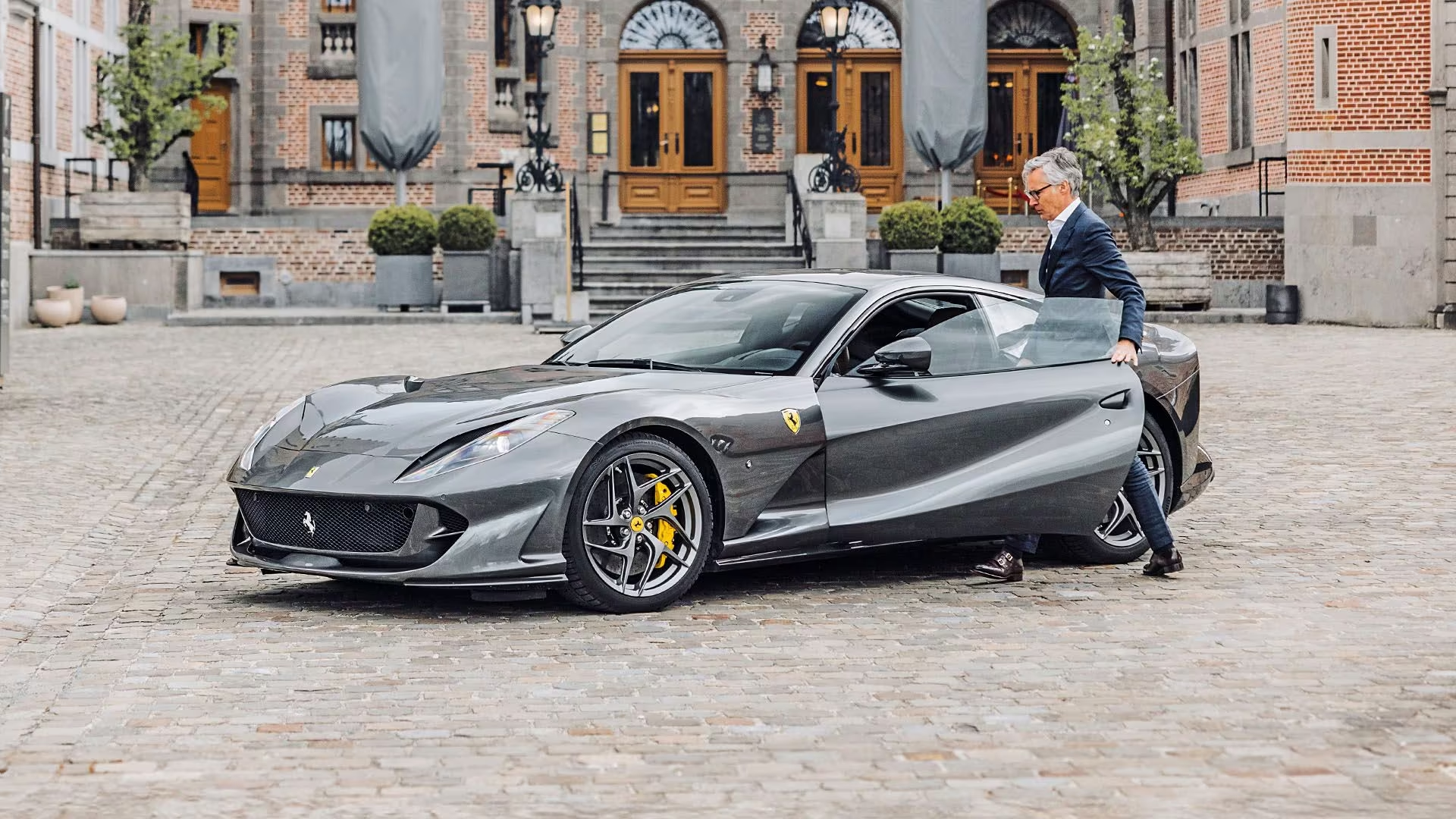
4. The Future of Sports Cars as Daily Drivers
The future of sports cars as daily drivers looks bright. As technology continues to advance, we can expect sports cars to become even more practical, offering better fuel efficiency, improved comfort, and more advanced safety features. Manufacturers are likely to continue innovating, making sports cars more accessible and enjoyable for everyday use.
4.1 The Rise of Electric Sports Cars
Electric sports cars are already a reality, and they represent the future of high-performance vehicles. The shift toward electric powertrains offers the potential for even greater performance, with instant torque delivery and faster acceleration times. Electric vehicles like the Porsche Taycan and Tesla Roadster have already proven that electric sports cars can deliver thrilling performance while being practical for daily use.
4.2 Autonomous Driving Technology
Autonomous driving technology could also play a role in making sports cars more practical for daily driving. With self-driving technology, drivers could relax during their commute, leaving the car to handle the heavy lifting of traffic and long drives. This technology, if integrated into sports cars, could make them even more enjoyable and less stressful to drive on a daily basis.
5. Conclusion: The Perfect Blend of Performance and Practicality
While sports cars were once viewed as impractical vehicles, the modern sports car has evolved into a practical, everyday option for driving enthusiasts. With advancements in suspension technology, improved interior comfort, better fuel efficiency, and the integration of advanced safety features, sports cars can now serve as daily drivers without sacrificing performance. As manufacturers continue to innovate, the future of sports cars as daily vehicles looks even brighter, with hybrid and electric options promising to further enhance both performance and practicality.
For those who want the thrill of driving without the compromise, the modern sports car is a perfect solution. It offers the excitement of a performance vehicle combined with the convenience and comfort of an everyday car, making it possible to enjoy the best of both worlds.









